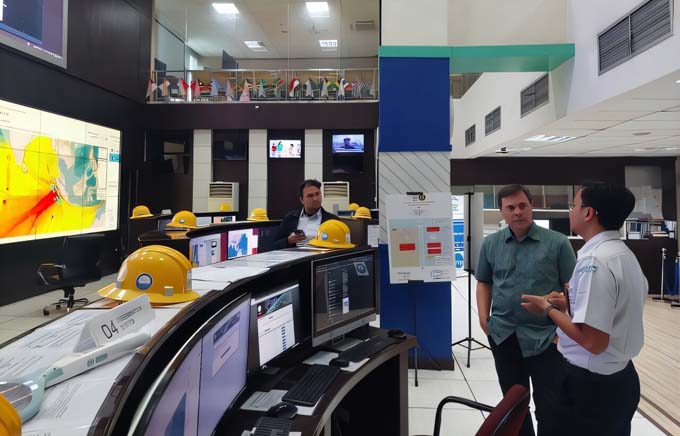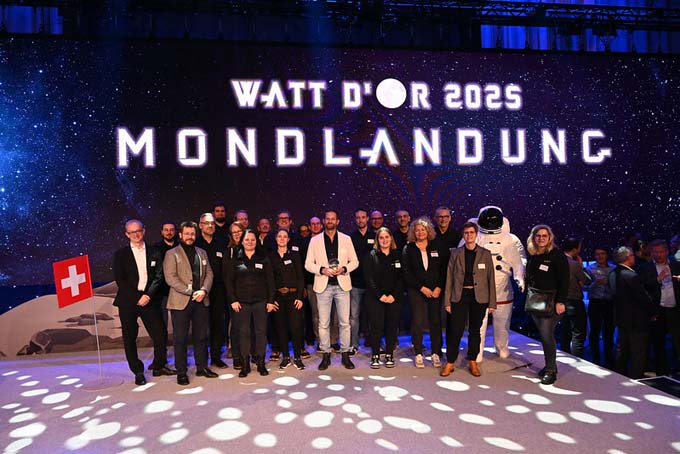Net zero target requires drastic measures
Can Switzerland reduce its carbon dioxide emissions to zero by 2050 as planned? In a study, researchers at the Paul Scherrer Institute have investigated which measures would be necessary to achieve this and how much this could cost per capita.

In August 2019, the Federal Council adopted an ambitious target to limit climate change: From the year 2050, Switzerland is to emit no more greenhouse gas emissions on balance. This means that Switzerland is in line with the internationally agreed target of limiting global warming to a maximum of 1.5 °C compared to pre-industrial times.
A study conducted by the Paul Scherrer Institute (PSI) as part of the Joint Activity "Scenarios and Modeling" of the 8 Swiss Competence Centers for Energy Research (SCCER) is now exploring the possibilities for achieving this goal in the energy sector.
"The goal of achieving net-zero carbon dioxide emissions in 2050 requires drastic transformations in the supply and consumption of energy in almost all sectors," summarizes Tom Kober, head of PSI's Energy Economics Research Group and one of the study's lead authors.
In their analyses, the researchers considered energy-related carbon dioxide emissions as well as carbon dioxide emissions from industrial processes. These emissions currently represent about 80 percent of Switzerland's total greenhouse gas inventory. Not included in the calculations were emissions from international aviation, agriculture - with the exception of emissions from fuel combustion - land use, land use change and forestry, and waste - except emissions from waste incineration. Emissions abroad that are related to the consumption of goods in Switzerland were also not included in the analysis.
Electricity from photovoltaics must double at least every decade
Conclusions of the study are: The installed capacity of photovoltaic plants must double at least every decade until 2050, so that PV plants with 26 terawatt hours of production in 2050 become the second largest technology group next to hydropower (about 38 terawatt hours in 2050). Furthermore, cogeneration power plants as well as wind power plants, hydrogen fuel cells, and electricity imports contribute to meeting electricity demand. In the main scenario for achieving the net-zero emissions target, overall electricity generation from power plants and storage facilities in Switzerland increases by about one-fifth from current levels to 83 terawatt hours in 2050. The study assumes that Swiss nuclear power plants will be decommissioned by 2045. The private car fleet would have to be largely based on electric drives by 2050. By 2030, every third new car would have to be fully electric. In addition, the use of heat pumps in the service and residential sectors would have to be accelerated significantly, so that by 2050 almost three quarters of heating and hot water requirements would be covered by them. At the same time, it would be necessary to achieve significant energy savings by accelerating the renovation of residential buildings.
Significant increase in electricity consumption
If Switzerland wants to achieve the net zero emissions target, a significant increase in electricity consumption must be expected. Thus, in 2050, electricity consumption could be 20 terawatt hours higher than today's level. A key driver of this growth is the use of electricity to power cars, buses and trucks, either directly via battery-electric vehicles or indirectly via hydrogen or so-called e-fuels, i.e. synthetic fuels produced using electricity from hydrogen and carbon dioxide (CO2) will be produced. In the stationary sectors, electricity will increasingly be consumed by the increased use of heat pumps. However, this increased electricity consumption can be compensated if the necessary efficiency gains in heating and hot water provision are achieved. The stationary sectors could then achieve almost constant electricity consumption.
In addition to electrical energy, other forms of energy will play a role. For example, long-distance and freight transport as well as energy-intensive industry offer prospects for new hydrogen applications. In order to produce the hydrogen required for this with low or zero emissions, a considerable amount of sustainably generated electricity (9 terawatt hours in 2050) would be necessary.
Without CO2-separation will probably not work
"If Switzerland wants to achieve the zero emissions target by 2050, CO2-emissions will be reduced by an average of one to one and a half million tons each year in the future compared to the previous year," says Evangelos Panos, lead author of the study. "Changes in CO2-emissions of this magnitude we saw in the period 1950 to 1980 - but in the opposite direction - back then they increased massively." Therefore, in order to implement emission reductions in a cost-effective manner, the use of technologies with the so-called CO2-capture should be taken into consideration. In this way, it would even be possible in some areas to achieve a negative balance in CO2-emissions. This is the case, for example, if biomass is used as an energy source and CO2 but intercept it and store it underground. If this is not possible in Switzerland - for example, due to rejection by the population or limited CO2 storage sites -, international networking and storage abroad could offer a way out. In their study, the researchers assume a total of just under 9 million metric tons of CO2 which would be separated in Switzerland.
"More than two-thirds of the emission reductions needed to achieve the net-zero emissions target are achievable with technologies that are already commercially available or in the demonstration phase," Panos concludes. The decarbonized energy system of the future is achievable, he said, but requires carbon-free energy sources, for example, appropriately generated electricity, biofuels and e-fuels, access to the appropriate transportation and distribution infrastructure, and the ability to import clean fuels and electricity.
Costs are difficult to estimate
The energy system researchers are cautious about the costs. "The costs are very difficult to estimate because an enormous number of components play a role," says Kober. In the net-zero main scenario assumed in the study, the average discounted additional costs of the climate protection scenario for the period up to 2050 would be higher than the reference scenario with moderate climate protection (-40 % CO2-emissions in 2050 compared to 1990) in Switzerland amount to about 330 CHF per person and year (basis: 2010). Looking at all scenarios examined, one sees a range of average costs between 200 and 860 CHF per year and person, which ultimately reflects different developments in energy technologies, resource availability, market integration, acceptance of technologies and preferences for security of supply. The course of the costs shows above all a long-term increase, so that comparatively high costs are to be expected also after 2050.
The study is based on calculations with the Swiss TIMES Energy System Model (STEM) of PSI, which represents the entire energy system of Switzerland with the various interactions between technologies and sectors. STEM combines a long-term time horizon with a high temporal resolution during the year and calculates the minimum-cost configurations of the energy system and the achievement of various energy and climate policy goals for various future framework assumptions. The model was significantly further developed within the research project, especially with regard to the options for achieving net-zero CO2-emission scenarios. The model is used to calculate scenarios that are by no means to be understood as predictions, but rather provide insights into the diverse interactions in the energy system and thus contribute to decision support in politics, industry and society. Specifically, this study examined three main scenarios, which, in addition to the reference scenario, include a net-zero CO2-emissions reduction scenario and a scenario that assumes the targets of the Swiss Energy Strategy 2050 without explicitly including a CO2-reduction target. In addition, seven different variants of the main scenarios were analyzed, such as a variant with high technological innovation potential and a variant to reduce energy import dependency.
In addition to PSI, the following institutions are involved in the collaboration within the framework of the SCCER Joint Activity Scenarios and Modelling: Empa, EPFL, ETH Zurich, Lucerne University of Applied Sciences and Arts, University of Basel, University of Geneva and WSL. The study was financed by Innosuisse - Swiss Innovation Agency.
Original publication: Panos, E.; Kober, T.; Ramachandran, K.; Hirschberg, S. (2021): Long-Term Energy Transformation Pathways - Integrated Scenario Analysis with the Swiss TIMES Energy systems Model; Report of the Joint Activity Scenarios and Modelling of the Swiss Competence Centers for Energy Research.









